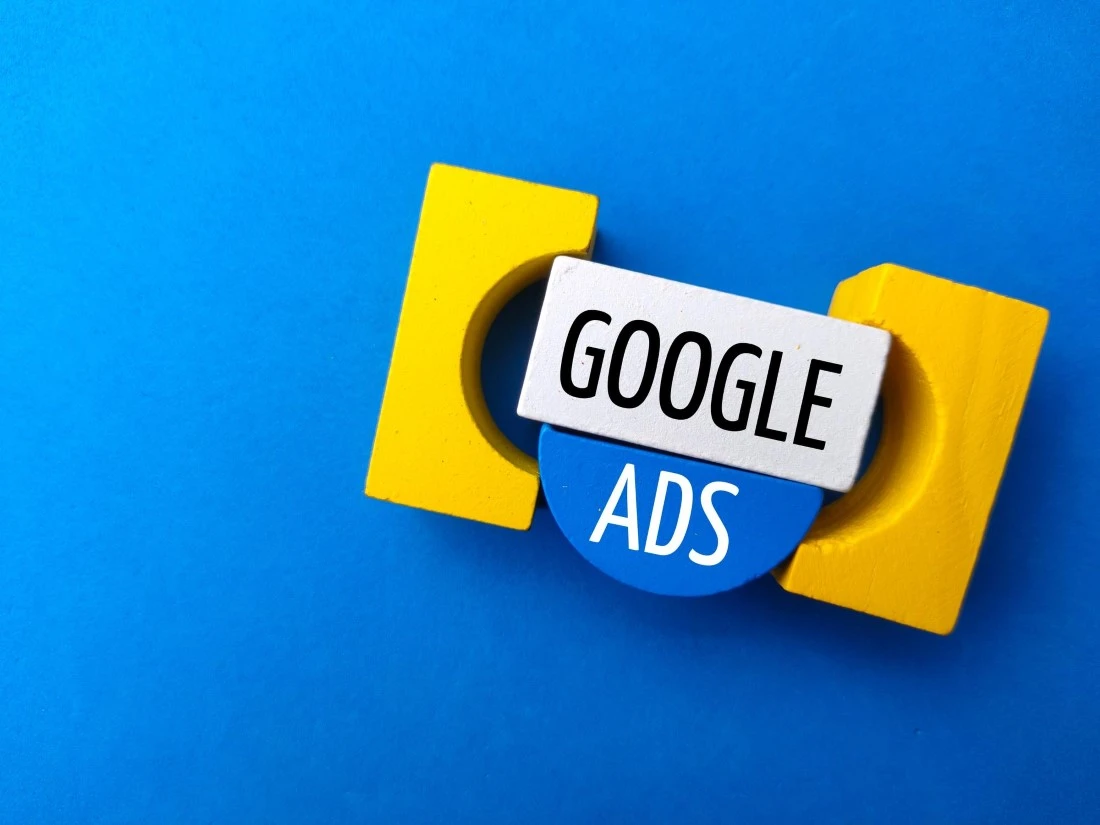A Comprehensive Introduction to Online Advertising with Google Ads
In today’s digital age, online advertising has become an essential tool for businesses to reach their target audience and drive meaningful results. Among the various platforms available, Google Ads stands out as a powerful advertising solution that allows businesses to display their ads to relevant users across Google’s vast network. If you’re new to online advertising, this comprehensive beginner’s guide is here to help. In this article, we’ll provide you with an overview of Google Ads and equip you with the foundational knowledge to get started.
What is Google Ads?
Google Ads, formerly known as Google AdWords, is an online advertising platform developed by Google. It enables businesses to create and manage ad campaigns that are displayed within Google’s search engine results pages (SERPs), partner websites, and various other Google properties. You can precisely target users based on their search queries, demographics, interests, and browsing behavior, ensuring that your ads are seen by the right audience at the right time.
Setting up Your Google Ads Account:
To begin your Google Ads journey, the first step is to create a Google Ads account. Visit the Google Ads website and sign in using your Google account. If you don’t have a Google account, you can create one easily. Once you’re logged in, follow the prompts to set up your account, including providing basic information about your business and payment details.
Understanding Campaign Structure:
In Google Ads, campaigns are the foundation of your advertising efforts. They organize your ads, targeting settings, budget, and other campaign-specific configurations. Within each campaign, you create ad groups that contain specific sets of keywords and ads. Understanding the campaign structure is crucial for organizing and optimizing your advertising efforts effectively.
Keyword Research:
Keywords play a vital role in Google as they determine when your ads will be displayed. Conducting thorough keyword research is essential to identify the most relevant and valuable keywords for your business. Tools like Google Keyword Planner, SEMrush, and Moz Keyword Explorer can assist you in finding keywords with high search volume and relevance to your products or services.
Creating Compelling Ad Copy:
Crafting persuasive ad copy is crucial to capture the attention of your target audience. Each ad should have a clear message, a compelling headline, and a strong call-to-action. Highlight the unique selling points of your business and use language that resonates with your audience. Remember to test different ad variations to identify what resonates best with your target audience.
Targeting and Bidding:
Google offers various targeting options to ensure your ads reach the right users. You can target users based on their geographic location, demographics, interests, and even specific websites they visit. Additionally, you’ll need to set a bidding strategy to determine how much you’re willing to pay for each click or conversion. Google Ads provides different bidding options, including manual bidding, automated bidding, and enhanced cost-per-click (ECPC). Experiment with different bidding strategies to find the one that aligns with your goals and budget.
Tracking Conversions and Performance:
Tracking conversions is essential to measure the effectiveness of your Google campaigns. Implement conversion tracking by placing a snippet of code on your website or using Google Analytics. Conversion tracking allows you to monitor which ads, keywords, and campaigns are generating desired actions such as purchases, form submissions, or newsletter sign-ups. Regularly monitor your campaign performance using the data provided by Google and make data-driven optimizations to improve your results.
Optimizing Your Campaigns:
Continuous optimization is key to maximizing the performance of your Google Ads campaigns. Regularly analyze your campaign metrics, such as click-through rate (CTR), conversion rate, and cost per conversion. Use this data to refine your keywords, ad copy, targeting settings, and
bidding strategies. A/B testing different ad variations and landing pages can also help you identify what works best for your target audience.
Conclusion:
Google Ads is a powerful online advertising platform that can significantly boost your business’s online visibility and drive valuable results. By following this beginner’s guide, you now have a solid understanding of the foundational elements.. Remember to keep learning, experimenting, and optimizing your campaigns to stay ahead in the ever-evolving world of online advertising. With persistence and a data-driven approach, you’ll be well on your way to achieving success.




